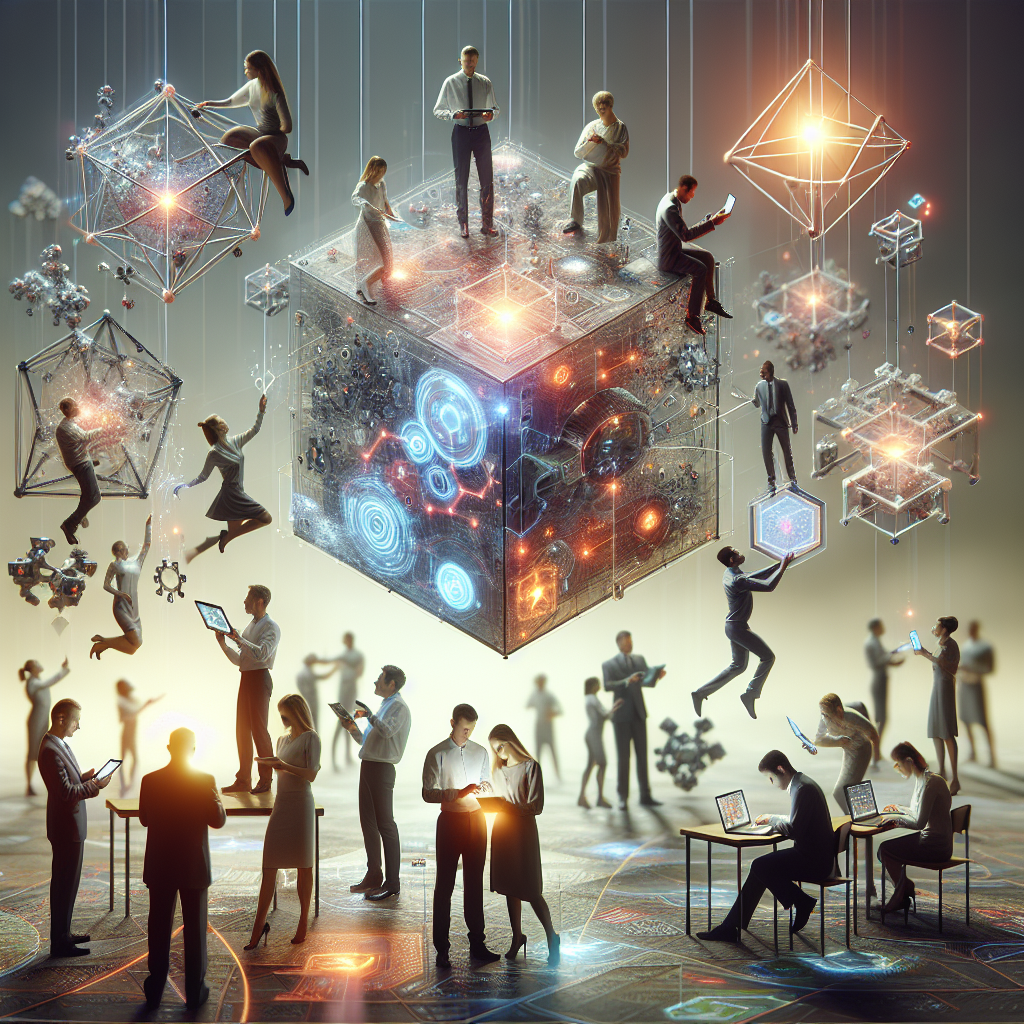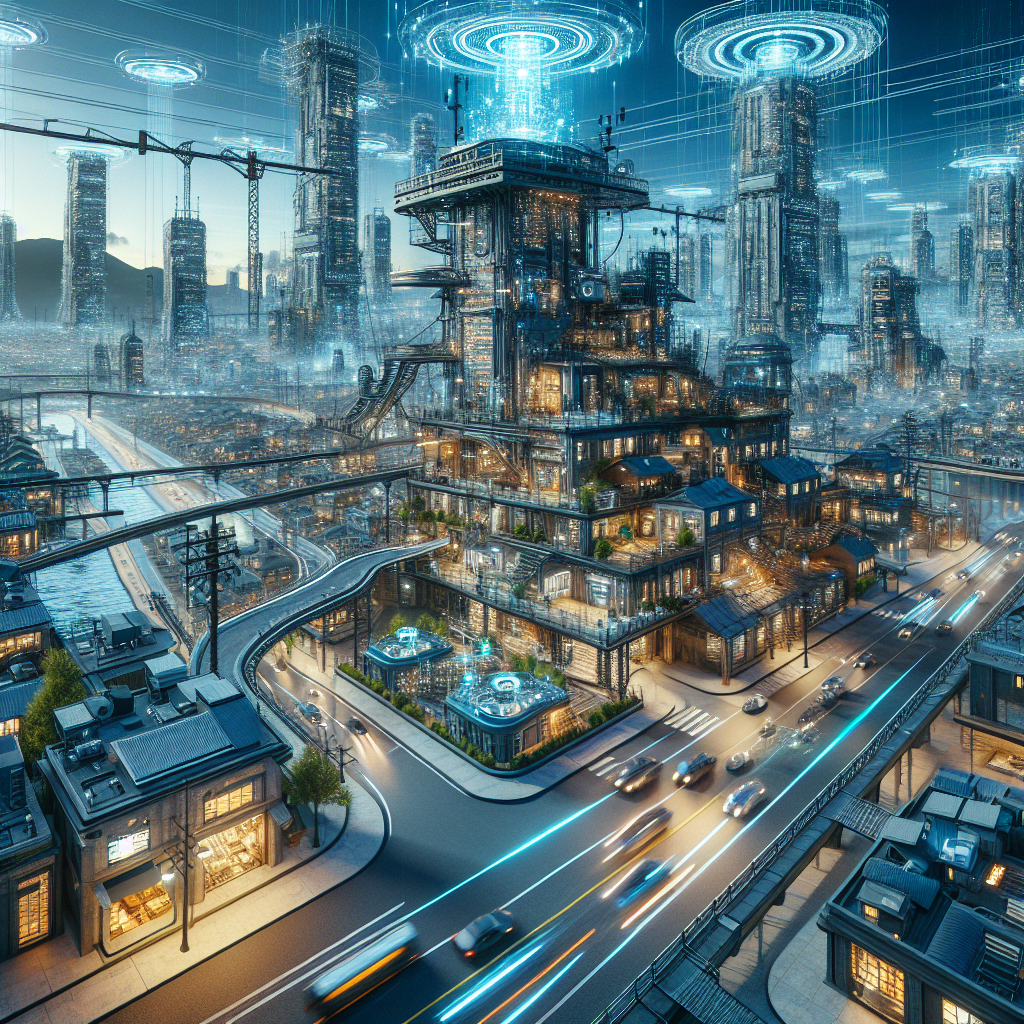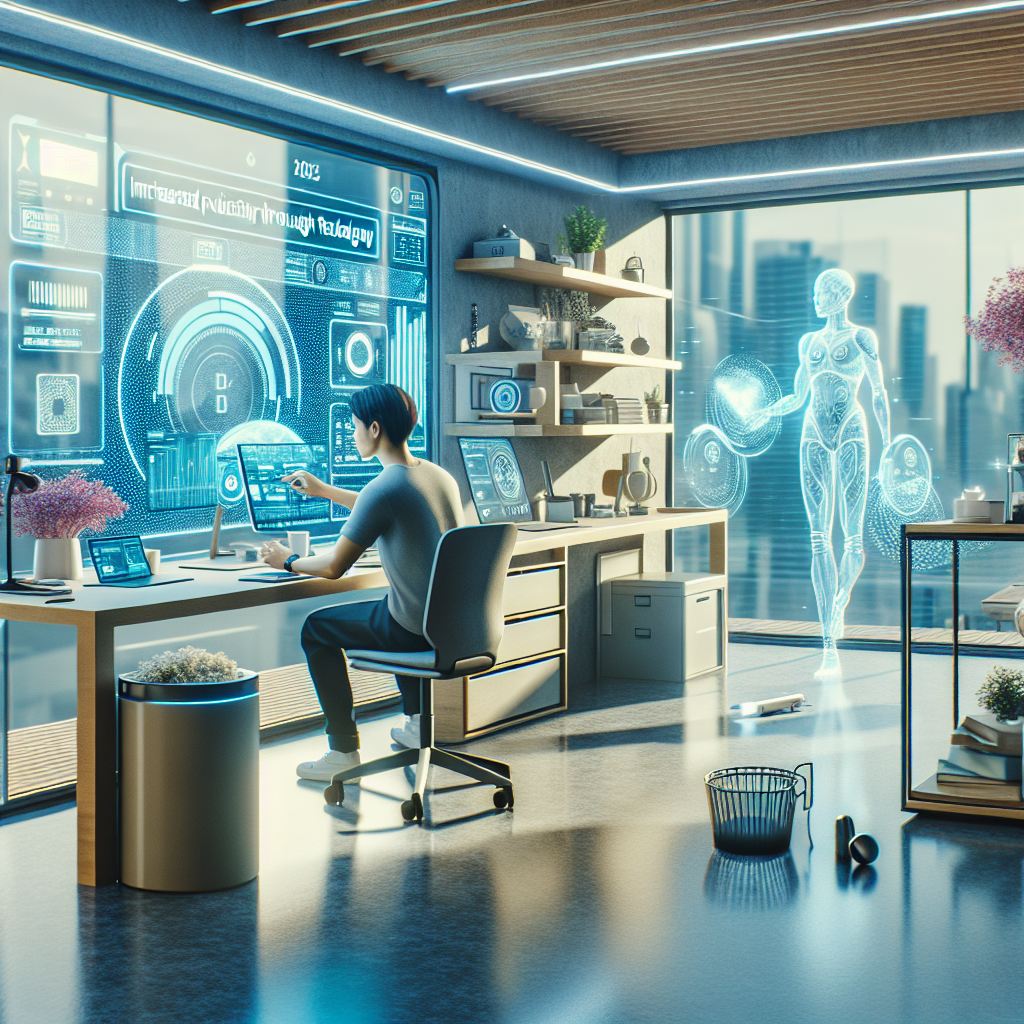Unlocking the Power of Multi-Agent Systems in AI Solutions
Imagine a network of intelligent agents working seamlessly together, each with its own goals and capabilities, yet collectively contributing to a common objective. This is the dynamic world of Multi-Agent Systems (MAS) — a game-changing approach in artificial intelligence that is transforming industries and solving complex problems more efficiently than ever before. As AI continues to evolve, harnessing the power of multi-agent interactions enables organizations to develop scalable, adaptable, and robust solutions. Whether in robotics, logistics, healthcare, or finance, understanding how to leverage multi-agent technology can open new horizons for innovation.
Understanding Multi-Agent Systems: The Foundations of Collective Intelligence
What Are Multi-Agent Systems?
At its core, a Multi-Agent system comprises multiple autonomous agents that perceive their environment, make decisions, and act independently or collectively to achieve specific goals. Unlike traditional AI models that rely on a single centralized system, multi-agent setups mimic natural systems such as ant colonies or human societies, where individual actors collaborate or compete to adapt and thrive.
Key Components of Multi-Agent Systems
– Agents: Autonomous entities with defined capabilities, goals, and decision-making strategies.
– Environment: The surrounding context that agents perceive and interact with.
– Communication Protocols: Methods that enable agents to share information, negotiate, and coordinate.
– Decision-Making Algorithms: Processes that help agents evaluate options and select actions.
Benefits of Employing Multi-Agent in AI Solutions
Implementing multi-agent architectures introduces numerous advantages:
– Scalability: Easily expand systems by adding new agents without overhauling the entire setup.
– Flexibility: Agents can adapt to changes in the environment or objectives.
– Robustness: System resilience increases as agents can compensate for each other’s failures.
– Parallelism: Multiple agents operate simultaneously, accelerating data processing and decision-making.
How Multi-Agent Systems Differ from Traditional AI
Traditional AI often employs monolithic models designed for specific tasks, limiting flexibility and scalability. In contrast, multi-agent systems decentralize intelligence, allowing distributed problem-solving that better mirrors real-world complexities. This division of labor enhances system adaptability and enables handling of large-scale, distributed problems.
Implementing Multi-Agent Systems: Strategies and Best Practices
Designing effective multi-agent AI solutions requires careful planning and execution. Here are essential steps and best practices to ensure success:
1. Clearly Define Goals and Roles
Identify the specific problems to solve and specify the roles each agent will play. For example, in an autonomous vehicle network, some agents manage navigation, while others handle maintenance alerts.
2. Ensure Robust Communication Protocols
Design efficient communication channels that facilitate reliable information sharing. Using standardized protocols increases interoperability among heterogeneous agents.
3. Incorporate Learning Capabilities
Equip agents with machine learning algorithms to enable adaptation over time. Reinforcement learning, for example, allows agents to improve their strategies through trial and error.
4. Develop Coordination Mechanisms
Implement negotiation and cooperation strategies such as auctions, contracts, or consensus algorithms to coordinate actions among agents effectively.
5. Focus on Scalability and Flexibility
Design systems that can easily accommodate additional agents or changing objectives without significant reengineering.
Use Cases Showcasing the Power of Multi-Agent in AI
Real-world applications highlight the transformative impact of multi-agent systems across various industries:
– Smart Grids and Energy Management
Multiple agents manage different segments of a power grid, balancing supply and demand dynamically to optimize energy distribution and incorporate renewable sources.
– Autonomous Vehicles and Traffic Control
A network of autonomous vehicles and traffic management agents coordinate to prevent congestion, optimize routes, and respond to real-time disruptions.
– Supply Chain Optimization
Distributed agents handle procurement, inventory, logistics, and delivery decisions, ensuring efficiency and responsiveness in complex supply networks.
– Healthcare and Medical Diagnostics
Multi-agent systems assist in diagnosing illnesses by aggregating data from various sources, recommending personalized treatments, and managing resource allocation.
Challenges and Future Directions
While the potential of multi-agent systems is immense, several challenges require attention:
– Complexity of Design and Implementation
Developing robust, scalable multi-agent architectures involves intricate design considerations.
– Ensuring Security and Privacy
Agents must communicate securely, especially when handling sensitive data, to prevent breaches and maintain trust.
– Standardization and Interoperability
The lack of universal standards can hinder integration across different platforms and systems.
Looking ahead, advancements in communication protocols, machine learning integration, and standardized frameworks promise to accelerate the adoption and effectiveness of multi-agent AI solutions.
How to Get Started with Multi-Agent in Your Projects
Interested in leveraging the power of multi-agent systems for your organization? Here’s a step-by-step approach:
1. Assess Your Needs
Identify areas where decentralized decision-making, scalability, or adaptability can add value.
2. Explore Existing Frameworks
Utilize platforms such as JADE (Java Agent DEvelopment Framework) or SPADE (Smart Python Agent Development Environment) to prototype your system.
3. Collaborate with Experts
Partner with AI specialists who have experience in multi-agent architecture design and implementation.
4. Pilot and Iterate
Start with small, manageable pilot projects, gather performance data, and refine your system accordingly.
For additional guidance and custom solutions, consider reaching out to professionals at https://automatizacionesaiscend.com.
Wrapping Up: The Next Step in AI Innovation
Multi-Agent systems are redefining the boundaries of artificial intelligence by enabling more flexible, scalable, and intelligent solutions. Their ability to emulate collective behaviors and facilitate decentralized problem-solving paves the way for breakthroughs across numerous sectors. By understanding the core principles, best practices, and potential challenges, organizations can harness this powerful technology to drive innovation and competitive advantage.
Ready to explore how multi-agent AI solutions can transform your business? Contact the experts at https://automatizacionesaiscend.com to start your journey toward smarter, more responsive systems today.



